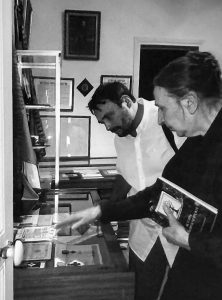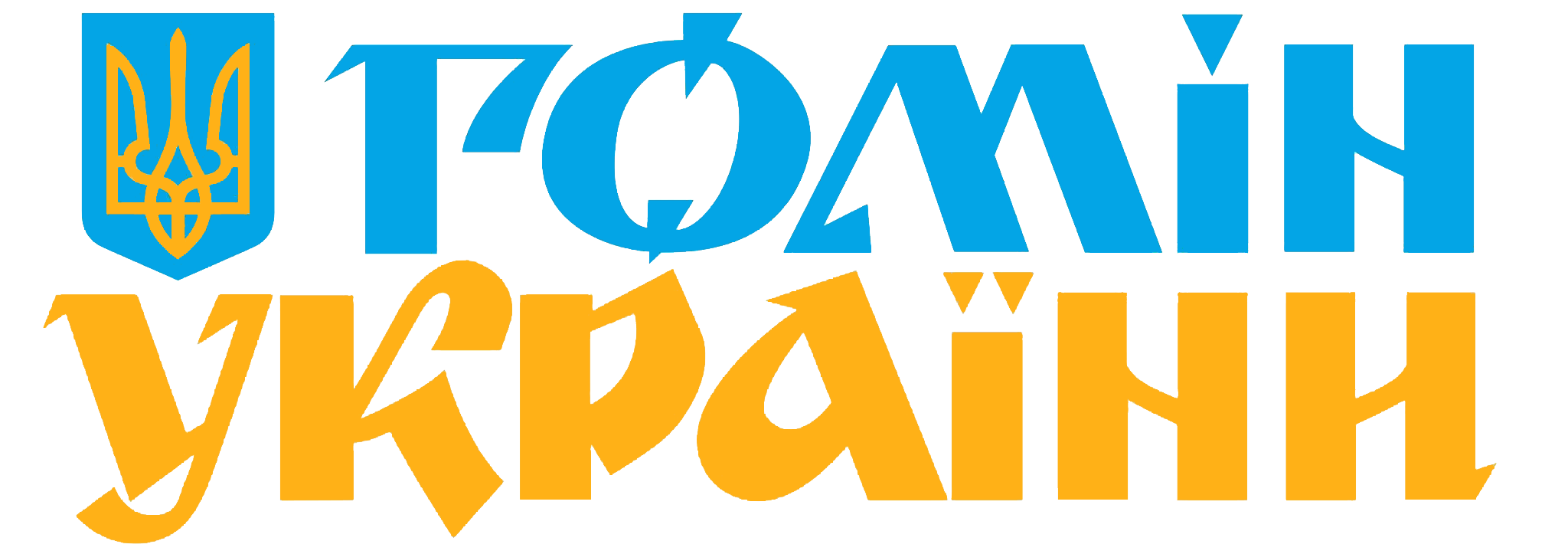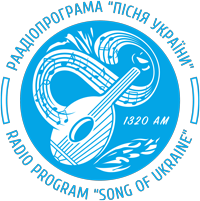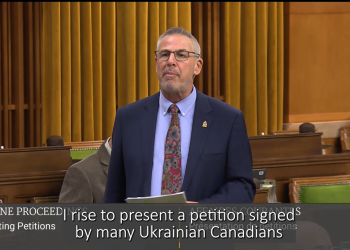 Alik Gomelsky with Daryna Melnykovych, curator of the Symon Petliura Museum in Paris.
Alik Gomelsky with Daryna Melnykovych, curator of the Symon Petliura Museum in Paris.
On Thursday, October 23, 2025 Alik Gomelsky delivered a lecture titled “Symon Petliura, Arnold Margolin: The UNR and the Ukrainians of the Mosaic Faith.”
The speaker began by discussing the historical conditions faced by Ukrainians and Jews living in the Russian Empire, where both groups experienced severe restrictions and systemic marginalization. Ukrainians were regarded as second-class citizens, while Jews lived under the limitations of the “Pale of Settlement” (“Смуга осілості” in Ukrainian), which existed from 1791 to 1917. Jews were forbidden to reside outside this area without special permission, a policy that severely restricted their rights and economic opportunities. This institutionalized antisemitism contributed to widespread poverty and discrimination within Jewish communities. The Pale was officially abolished after the 1917 Revolution, marking the beginning of a more progressive, though short-lived, approach to ethnic and religious equality in the newly formed Ukrainian National Republic (UNR).
Between 1917 and 1921, following the collapse of the Russian Empire, Ukraine experienced profound political and social change. On January 22, 1919, the Ukrainian People’s Republic (UNR) and the Western Ukrainian People’s Republic (ZUNR) proclaimed their unification and signed the Act of Union, confirming the creation of a single, independent Ukrainian state. This was a pivotal moment that fulfilled the aspirations of Ukrainians long divided by the borders of the former Russian and Austro-Hungarian Empires.
A year earlier, in 1918, the text of the Fourth Universal of the Ukrainian National Republic was published in four languages—Ukrainian, Russian, Polish, and Yiddish. With the establishment of the UNR, significant efforts were made to promote equality among nationalities. Ukraine became the first country in the world to establish a Ministry of Jewish Affairs, demonstrating an official commitment to Jewish rights and representation. Even the 100-karbovantsi banknote included Yiddish text, along with Ukrainian and Polish. Alik Gomelsky noted that there were Jews serving in the UNR Army such as Semen Yakerson. The speaker continued, stating that Symon Petliura, the second Chairman of the Directorate, explicitly condemned antisemitic violence, issuing orders that pogromists and provocateurs be punished or expelled for their actions against the Jewish population. Multiple telegrams and documents confirm these directives. However, despite these efforts, Soviet propaganda later launched a campaign of defamation against Petliura, falsely portraying him as responsible for the pogroms.
Decades later, in 1973, human rights activist Avraham Shifrin spoke at a rally organized by the Ukrainian Canadian Congress (UCC). In his address, he defended Petliura’s reputation and condemned the continued spread of Soviet disinformation in Canada. Gomelsky concluded the lecture by sharing personal photographs from the Petliura Museum in Paris, which stands as a testament to Petliura’s legacy and the broader struggle for historical truth.
Nadia Lemko












